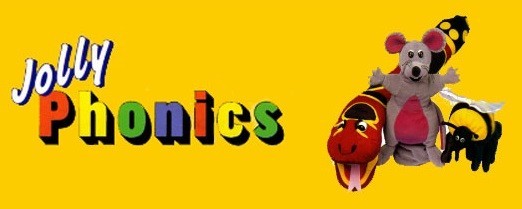Supporting your child
|
If you need any help in supporting your children at home, eg passwords and usernames for Purplemash, Oxford Owl or Learner Journey please email: help@devonshire.portsmouth.sch.uk |
|
At Devonshire we aim to work in partnership with parents to support children’s learning. Should you ever have any concerns about how your child is progressing or feel you need some ideas for helping help your child with their learning, please talk to your child’s class teacher. |
|
|
Maths |
|
 |
English |
|
ReadingTo support your child with reading try the following websites!
Fun ideas | Oxford Owl Age 3-4 · Ages 4-5 · Ages 5-6 · Ages 6-7
Learning to Read, Literacy, Key Stage 1 A wonderful guided reading story with accompanying printable worksheets and guided reading discussion sheets. There are 80 interactive literacy games.
Objective: To read words with known spelling patterns. .... This is not so much a reading activity, rather more a starting point for discussion.
Fun activities to help children at KS1 learn more about Literacy. |
 |
Phonics |
|
|
There has been a huge shift in the past few years in how we teach reading in school. This is having a big impact in helping many children learn to read and spell. At Devonshire, we use the Jolly Phonics scheme as the core of our teaching strategy.
What is phonics and why is it so important? Phonics is recommended as the first strategy that children should be taught in helping them learn to read. It runs alongside other teaching methods such as Guided Reading and Shared Reading to help children develop all the other vital reading skills and hopefully give them a real love of reading.
What is Jolly Phonics? Jolly Phonics is a fun and child-centred approach to teaching letter sounds through synthetic phonics. With actions for each of the 42 letter sounds, the multi-sensory method is very motivating for children and teachers, who can see their students achieve.
Letter Sound Order The sounds are taught in a specific order (not alphabetically). This enables children to begin building words as early as possible. The letter sounds are split into seven groups as shown below.
How does Jolly Phonics work? Using a synthetic phonics approach, Jolly Phonics teaches children the five key skills for reading and writing. Complemented by Jolly Readers and Jolly Grammar, it provides a thorough foundation for teaching literacy over three years in school. The order of sounds and blends we teach: 1. Learning the letter sounds - Children are taught the 42 main letter sounds. This includes alphabet sounds as well as digraphs such as sh, th, ai and ue. 2. Learning letter formation - Using different multi-sensory methods, children learn how to form and write the letters. 3. Blending - Children are taught how to blend the sounds together to read and write new words. 4. Identifying the sounds in words (Segmenting) - Listening for the sounds in words gives children the best start for improving spelling. 5. Tricky words - Tricky words have irregular spellings and children learn these separately.
Visit the Jolly Learning website for more information about phonics and for details about resources which you might like to purchase to help you child at home. |
| The video below explains how to make the pure sounds of each letter. Knowing how to make these sounds will help you to help your child at home: |















